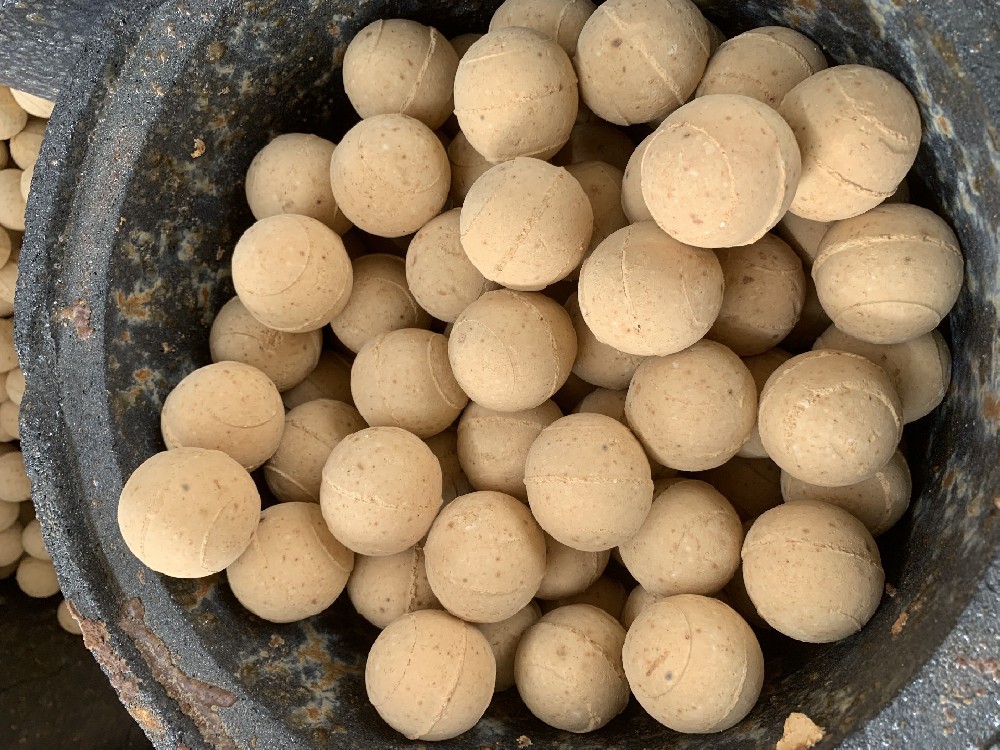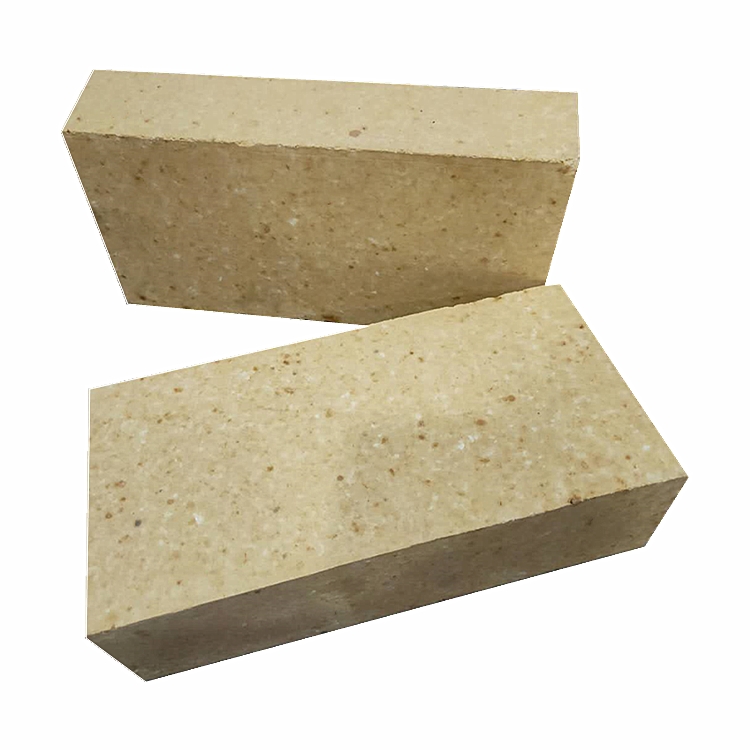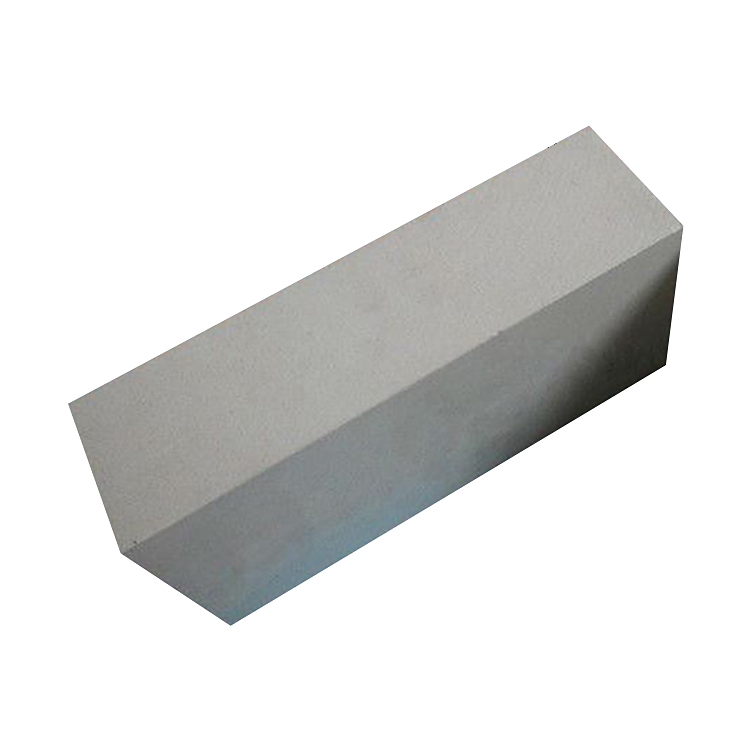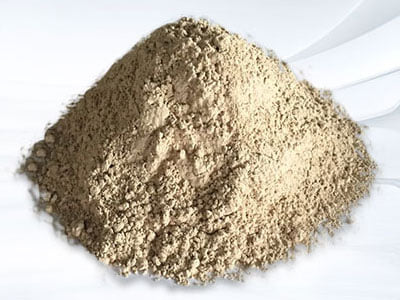Ingredients and properties of fused cast high zirconia bricks
The quality of fused cast high zirconia bricks is better than that of fused corundum bricks used in glass melting pool kiln bottom and upper structure furnace materials. The trade name is officially produced. In Japan, the manufacture of such refractory bricks began in 1953 at Asahi Glass Company. Due to the appearance of this new refractory brick, the melting temperature of the pool kiln can be increased, the melting capacity is increased, and the service life of the kiln is also extended to more than three years.
The main raw materials of this kind of refractory brick are zircon (ZrSO4) and alumina (Al2O3), and a part of baddeleyite (ZrO2) is also added as needed to adjust the ingredients of the ingredients. The standard composition of ZAC is SiO213%, Al2O352%, and ZrO235%. These main components belong to the ZrO2-A12O3-SiO2 series. In order to determine the composition range of Fused Cast High Zirconia Bricks, the melting and casting conditions of various ingredients of this three-component system were studied. It is confirmed that the composition relationship of this refractory brick is equivalent to the state of SiO2 introduced from the added zircon raw material as a flux in the eutectic composition of the ZrO2-A12O3 series, and the standard composition listed above is the most suitable. Composition for casting.
The microscopic structure of the large ingot of ZAC brick, the edge part is different from the interior. Both corundum and baddeleyite crystals are granular; on the surface of corundum that has developed into a leaf shape, microcrystals of baddeleyite zircon are clustered. The interstitial spaces of these crystalline phases are usually filled with a colorless vitreous matrix.
Regarding the effect of a small amount of Na2O added to the raw material of this fused brick, with the increase of the added amount, the thermal decomposition of mullite is promoted, and the formation of mullite in the suspected solid block is suppressed. When Na2O is around 1.5%, since all SiO2 forms a glass phase, the amount of matrix glass increases to about 20%.
On the other hand, the thermal expansion test results of ZAC bricks show that although the total amount of ZrO2 crystals in the ingot is only about 35%, the transition from monoclinic to the square is obvious, which shows that ZrO2 is not stabilized. Although there is such abnormal expansion, there is no obstacle to the use of ZAC, which may be due to the fact that the matrix glass in the tissue softens from 800 °C and becomes a plastic state near the ZrO2 transition temperature, which buffers the expansion. s reason.
One of the reasons for the strong corrosion resistance of ZAC bricks is that the glass present in the solidified structure has special chemical and physical properties.
-

Thermal storage alumina balls
The Thermal storage alumina ballsis made of industrial alumina and refractory kaolin as the main raw materials through scientific formula, forming and high-temperature calcination.Thermal storage alumina ballss are divid··· -

Anti-stripping high alumina brick
Use description of Anti-stripping high alumina brick1. Anti-stripping high alumina brick has a good application in low temperature parts such as large and medium-sized cement precalciner, kiln smoke chamber, indoor decom··· -

Anti-stripping high alumina bricks
Anti-stripping high alumina bricks are made of high alumina bauxite clinker, mullite, kyanite, zircon sand, and binder after granulating and powdering processes, mixed in a certain proportion, pressed into shape, and fir··· -

silica hot repair refractory
Performance index of silica hot repair refractoryThe material is a kind of plastic unshaped refractory material, its main component is SiO2, it is made of special clinker and various binders and additives, and it is proc···

